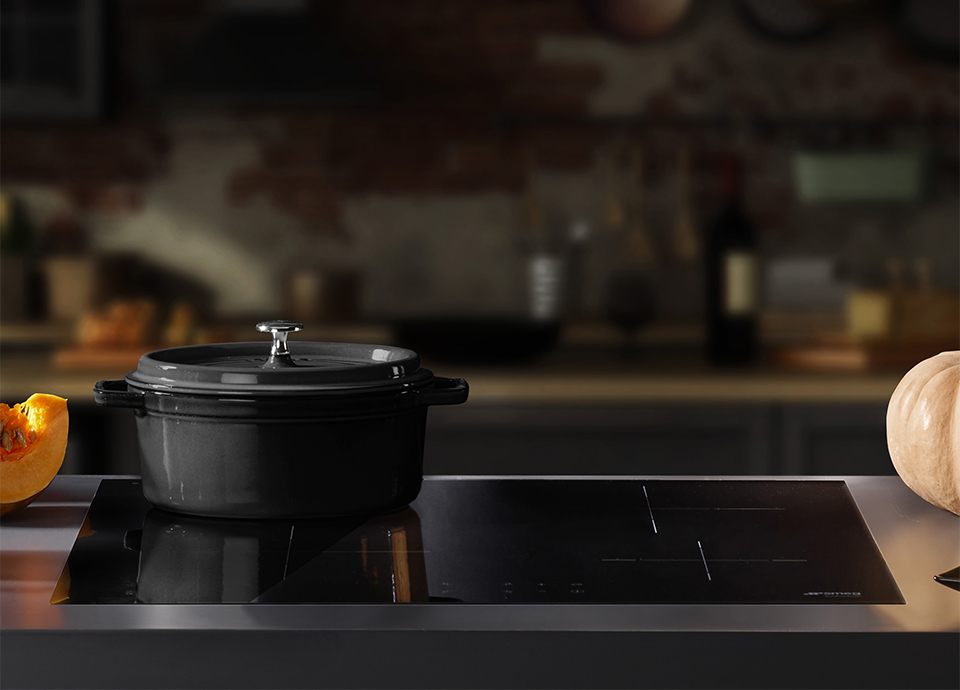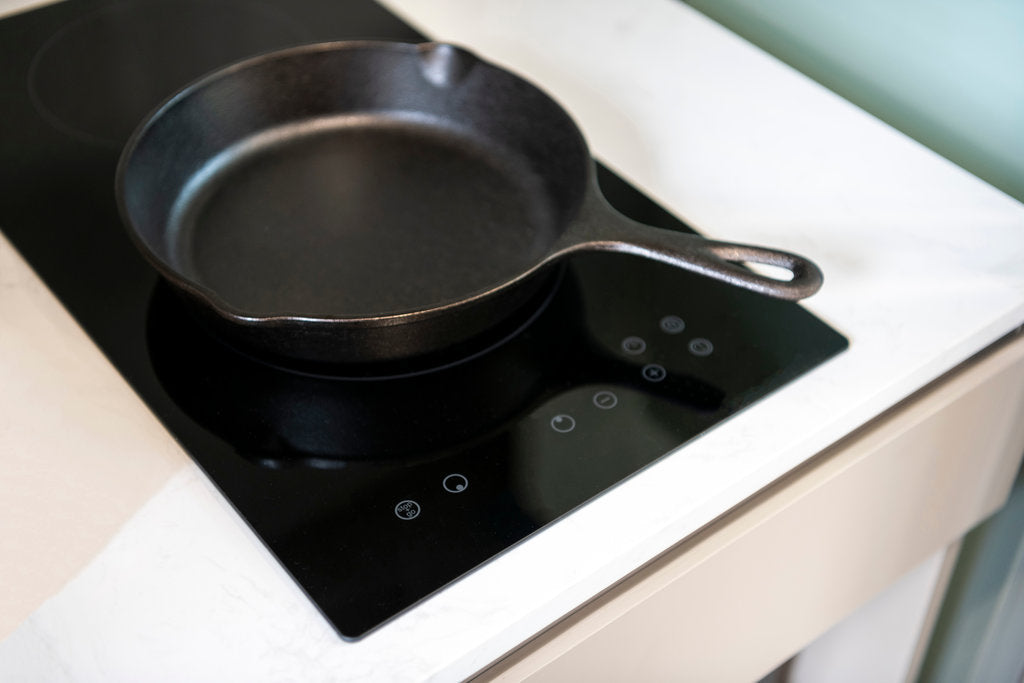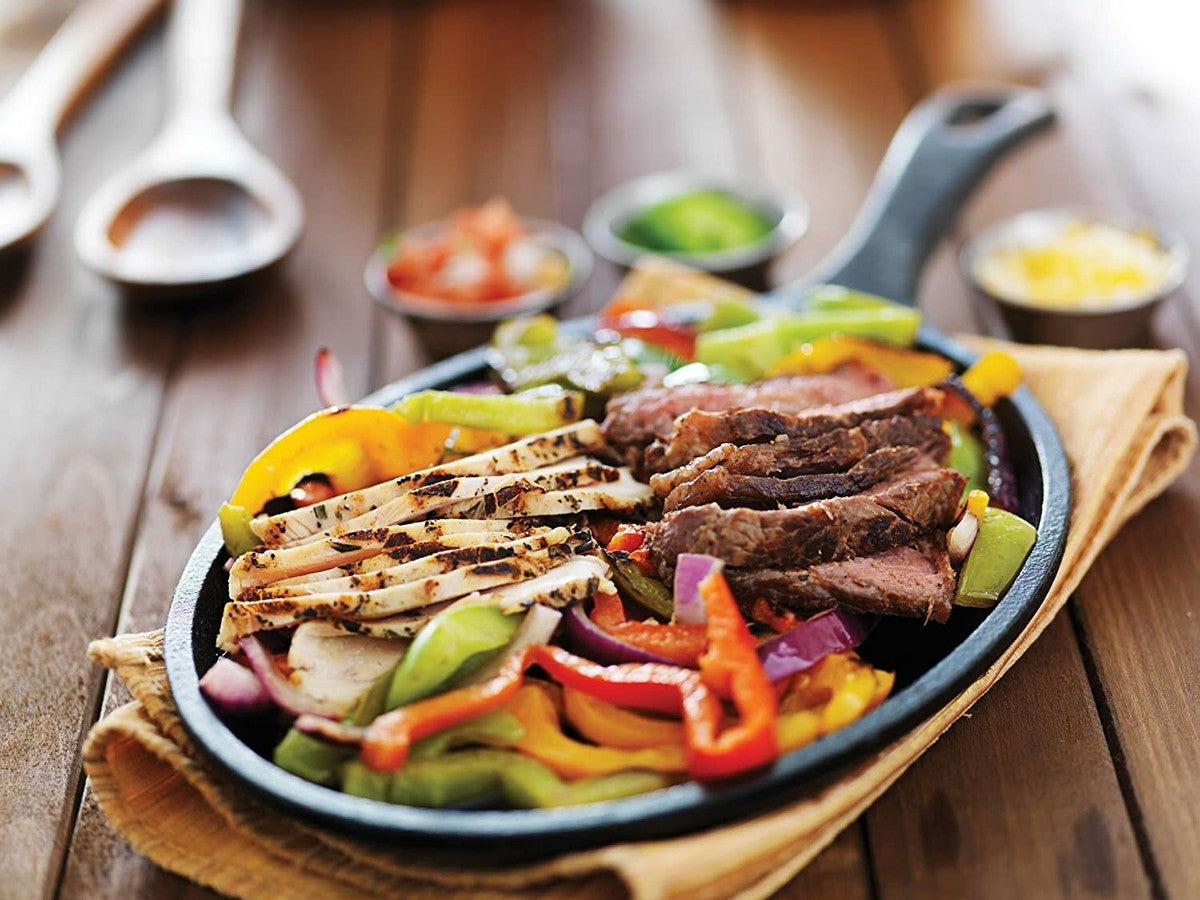In the fast-paced world of professional kitchens, efficiency is key. Induction cooking has become a popular choice among chefs due to its speed and precision. However, with great power comes great responsibilityor in this case, great potential for mess. Minimizing cleanup after induction cooking is crucial for maintaining a clean and efficient workspace. In this article, we will explore strategies to keep your kitchen spotless while maximizing the benefits of induction technology.

Understanding Induction Cooking
Before we delve into cleanup strategies, it's essential to understand how induction cooking works. Unlike traditional gas or electric stoves, induction cooktops use electromagnetic fields to heat pots and pans directly. This method offers several advantages, including faster cooking times and better temperature control. However, these benefits can quickly be overshadowed by a messy workstation if proper precautions aren't taken.
Choose the Right Cookware
The first step in minimizing cleanup is selecting the appropriate cookware. Induction cooktops require compatible pots and pans, typically made from ferrous metals like cast iron or stainless steel. Using the right cookware ensures even heating and reduces the risk of spills and splatters. If you're unsure whether your current pots and pans are suitable for induction cooking, consider checking out this guide on induction compatibility.
Maintain a Clean Surface
One of the advantages of induction cooking is its smooth, easy-to-clean surface. To keep your cooktop in pristine condition, wipe it down immediately after use. Use a damp cloth or sponge to remove any spills or residue before they harden. Regular maintenance not only keeps your workspace clean but also prolongs the life of your equipment.
Implementing Efficient Workflow
An efficient workflow is vital in minimizing cleanup after induction cooking. Here are some tips to streamline your kitchen operations:
Prepping Ingredients
Proper ingredient preparation can significantly reduce the likelihood of messes. Chop and measure ingredients ahead of time to avoid last-minute scrambling. This not only prevents spills but also ensures that your dishes come together seamlessly.
Adopt the Mise en Place Method
The French culinary concept of mise en placeor 'everything in its place'is a valuable practice for reducing cleanup. By organizing your workstation and keeping tools and ingredients within reach, you can minimize the risk of accidents and spills. For more tips on maintaining an organized kitchen, check out this article on preventing flare-ups.
Utilizing Kitchen Tools and Accessories
Investing in the right tools and accessories can make a significant difference in minimizing cleanup. Consider these options:
Silicone Mats and Splatter Guards
Silicone mats and splatter guards are excellent additions to your induction cooking setup. They help contain messes and are easy to clean, saving you time and effort. Place a silicone mat under your cookware to catch spills and splatters, and use a splatter guard when frying or sauting.
Cleaning Products for Induction Cooktops
Specialized cleaning products are available for induction cooktops, designed to remove stubborn stains and residue without damaging the surface. These products can be a valuable asset in maintaining a spotless kitchen. Regularly using a gentle cleaner can keep your cooktop looking brand new.
Emphasizing Safety and Hygiene
Safety and hygiene are paramount in any kitchen environment. Induction cooking offers several advantages in these areas, but it's essential to follow best practices to ensure a safe and clean workspace.
Regular Maintenance and Inspection
Regularly inspect your induction cooktop for signs of wear or damage. Addressing any issues promptly can prevent larger problems down the line. Additionally, ensure that your cookware remains in good condition, as damaged pots and pans can lead to uneven heating and spills.
Proper Storage of Cookware
Storing your cookware properly can extend its lifespan and reduce the risk of messes. Consider organizing your pots and pans in a way that makes them easily accessible while protecting them from damage. For more information on proper cookware storage, visit this comprehensive guide.

FAQ Section
What are the benefits of induction cooking?
Induction cooking offers faster cooking times, precise temperature control, and energy efficiency. It's a popular choice among professional chefs for its ability to deliver consistent results.
How can I prevent spills and splatters on my induction cooktop?
Using the right cookware, maintaining an organized workspace, and utilizing tools like silicone mats and splatter guards can help prevent spills and splatters.
Can I use any cookware on an induction cooktop?
No, induction cooktops require cookware made from ferrous metals like cast iron or stainless steel. Check your pots and pans for compatibility before use.
In conclusion, minimizing cleanup after induction cooking is achievable with the right strategies and tools. By understanding induction technology, implementing efficient workflows, and investing in suitable accessories, you can maintain a clean and organized kitchen. Embrace these practices to enhance your culinary experience and keep your workspace spotless.






Leave a comment
This site is protected by hCaptcha and the hCaptcha Privacy Policy and Terms of Service apply.